Duolingo to CEFR Conversion: For students interested in studying abroad, it is important to be fluent in the English language. The Duolingo English Test and the CEFR are two such English proficiency assessments that have recently gained prominence.
When planning to learn a new language, you might have certain goals in mind. Students planning to study abroad, especially in an English-speaking country, are required to have a valid language proficiency score. For other non-English speaking countries like Germany, Japan or Spain, these proficiency tests are applicable. That said, read the entire blog to learn more about Duolingo to CEFR conversion.
This Blog Includes:
What is Duolingo?
The Duolingo English Test is the most recent addition to the list of English proficiency examinations recognized by universities and colleges all around the world. Due to Duolingo’s in-depth course content, comparably low exam fees, and an online style of examination that can be completed from anywhere, a growing number of students are opting to take this test.
What is CEFR?
The Common European Framework of Reference for Languages (CEFR) was created by the Council of Europe in 2001 as a reference document outlining the knowledge and skills that language learners must learn to properly converse in a foreign language. It creates a common foundation for language curriculum and textbook development, as well as the interpretation of language test results.
CEFR: Features & Objectives
The CEFR scale is a widely recognized linguistic framework that serves as a common ground for second language teaching in Europe and elsewhere. The CEFR scale has the following characteristics and goals:
- The results of language acquisition are described using an action-oriented approach.
- It focuses on three primary areas of language learning: communication, context, and the abilities speakers use to engage with the language.
- It encompasses four sorts of language activities: reception, production, interaction, and mediation, as well as reading, listening, writing, speaking, and interpreting.
- It assists curriculum designers and reviewers in creating testing and learning materials that match the needs, ages, and interests of all learners by using positive “can do” words.
- It uses a categorical approach to four language usage domains — professional, public, personal, and educational — to specify texts, places, operations, institutions, events, people, and objects.
- It facilitates the production and updating of educational materials and textbooks by educators.
- It promotes the professional development of teachers as well as collaboration among educators of various languages.
- It improves the success and quality of language instruction, learning, and evaluation.
- Above all, it encourages transparency in language proficiency testing and comparisons.
Duolingo to CEFR Conversion 2024
The Duolingo Score scale marks individuals on a point scale of 10-160. Refer to the following table to understand the Duolingo Score Scale.
| Score | Detail |
| 10-55 | Students with scores between this range can comprehend a wide range of challenging written/spoken language and utilize their information effectively. |
| 60-85 | Students who get scores between 10-55 can express themselves clearly and have a basic understanding of the English language. |
| 90 – 115 | Candidates with such marks are able to speak effectively and analyze the given topics and themes. |
| 120-160 | Candidates with such marks can speak effectively and analyze the given topics and themes. |
Understanding the Different Sections of the Duolingo Score Chart
The Duolingo Score Chart comprises five sections, namely ‘Literacy’, ‘Overall’, ‘Conversation’, ‘Production’, and ‘Comprehension’. Test-takers are primarily evaluated based on how well they perform in these sections. The five sections of the Duolingo Score chart assess an individual’s overall proficiency in the English language. Refer to the following points to understand these sections.
- Literacy: This section assesses an individual’s ability to read and write in the English language.
- Conversation: This section evaluates an individual’s ability to converse in the English language.
- Production: This section assesses an individual’s ability to convey their ideas and opinions through writing/speaking.
- Comprehension: This section evaluates the English Reading and Listening skills of individuals.
How to Check the Duolingo Test Score?
Duolingo Scores are provided to participants within 1-2 days of taking the exam. Students are notified about their results on their registered email address. Refer to the following steps to check your Duolingo Test Score.
- Open your registered email address within 1-2 days of taking the exam.
- You will be sent a link redirecting you to a page. On this page, you will be able to check your Duolingo exam score.
OR
- Visit the official website of the Duolingo English Test and log into your Duolingo account.
- You can check your scores along with your test history on the official page.
Duolingo Exam Pattern & Objectives
Refer to the following data to go through the format and question types of the Duolingo English Test. Have a look.
Format:
- One-hour online test with two sections:
- Adaptive Test (45 minutes): Listen to your responses and adjust difficulty accordingly. Tests reading, listening, writing, and speaking skills.
- Video Interview (10 minutes): Unscored section with prompts for speaking and writing samples.
Question Types:
- Reading: Fill-in-the-blanks, comprehension questions based on short texts. (New as of April 2, 2024: revamped to assess broader vocabulary and contextual usage)
- Listening: Short audio clips followed by multiple-choice or typing responses.
- Speaking: Respond to prompts with short voice recordings (30-90 seconds).
- Writing: Respond to prompts with short typed responses (50-100 words).
| Question Type | Duration | Sub-Score | Frequency | Detail |
| Read and complete | 3 Minutes | Literacy and Comprehension | 6 times on average | Complete the missing letters in the given text. |
| Listen and speak | 30 Sec- 1 Minute | Conversation and Production | 2 times on average | Speaking on the given topic/audio. |
| Listen and select | 1.5 Minutes | Comprehension and Conversation | 6 times on average | Select the correct English words from the list after listening to the given audio clip. |
| Read aloud | 20 Seconds | Comprehension and Conversation | 6 times on average | Students are required to record themselves reading out loud. |
| Write about the photo | 1- Minute | Production and Literacy | 3 times on average | Describe the image through your writing. |
| Speak about the photo | 30 Sec-1 Minute | Production and Conversation | 1 time on average | Describe and speak about the given image. |
So that was all about Duolingo to CEFR conversion. Hope the blog has answered your queries regarding the topic.
FAQs
Understanding the features and objectives of both Duolingo and CEFR will help you understand the conversion. Here are some frequently asked questions that you can check out.
Duolingo uses the Common European Framework of Reference for Languages (CEFR) to establish learning goals for its courses. These CEFR levels, A1 through C2, represent increasing levels of language proficiency.
C1 in Duolingo equates to a score of 120-140 (advanced).
Duolingo’s scoring system for language proficiency ranges from 1 to 160, with higher scores reflecting greater proficiency. A score between 95 and 130 on the Duolingo practice test suggests a moderate level of language ability.
Visit the Leverage Live page of Leverage edu or contact our study abroad experts at 1800-57-2000 to strengthen your scores and application to secure your spot in your dream college.
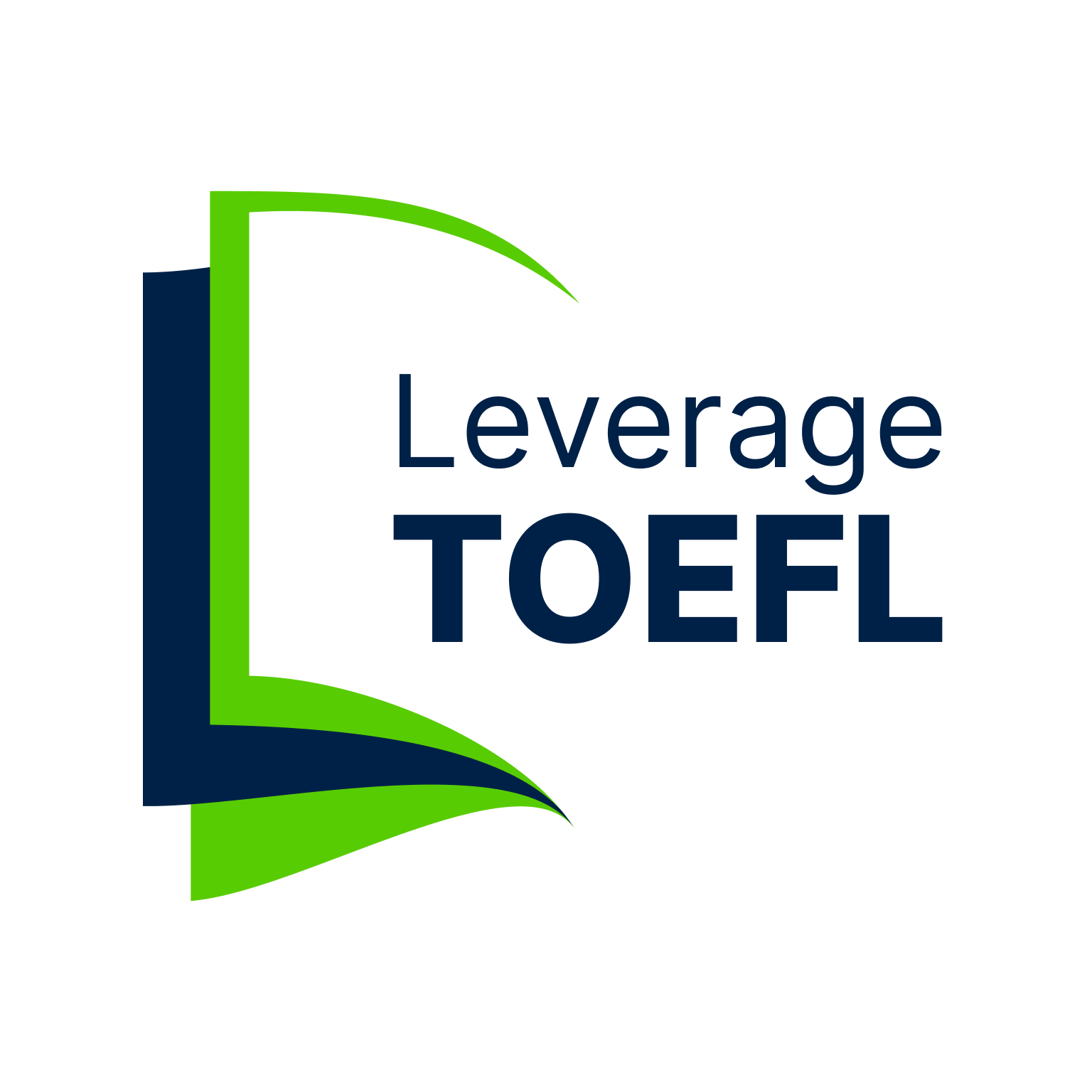
 One app for all your study abroad needs
One app for all your study abroad needs




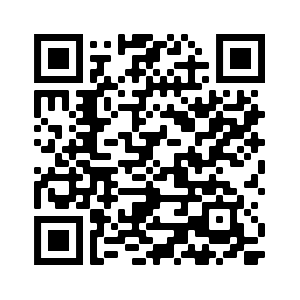

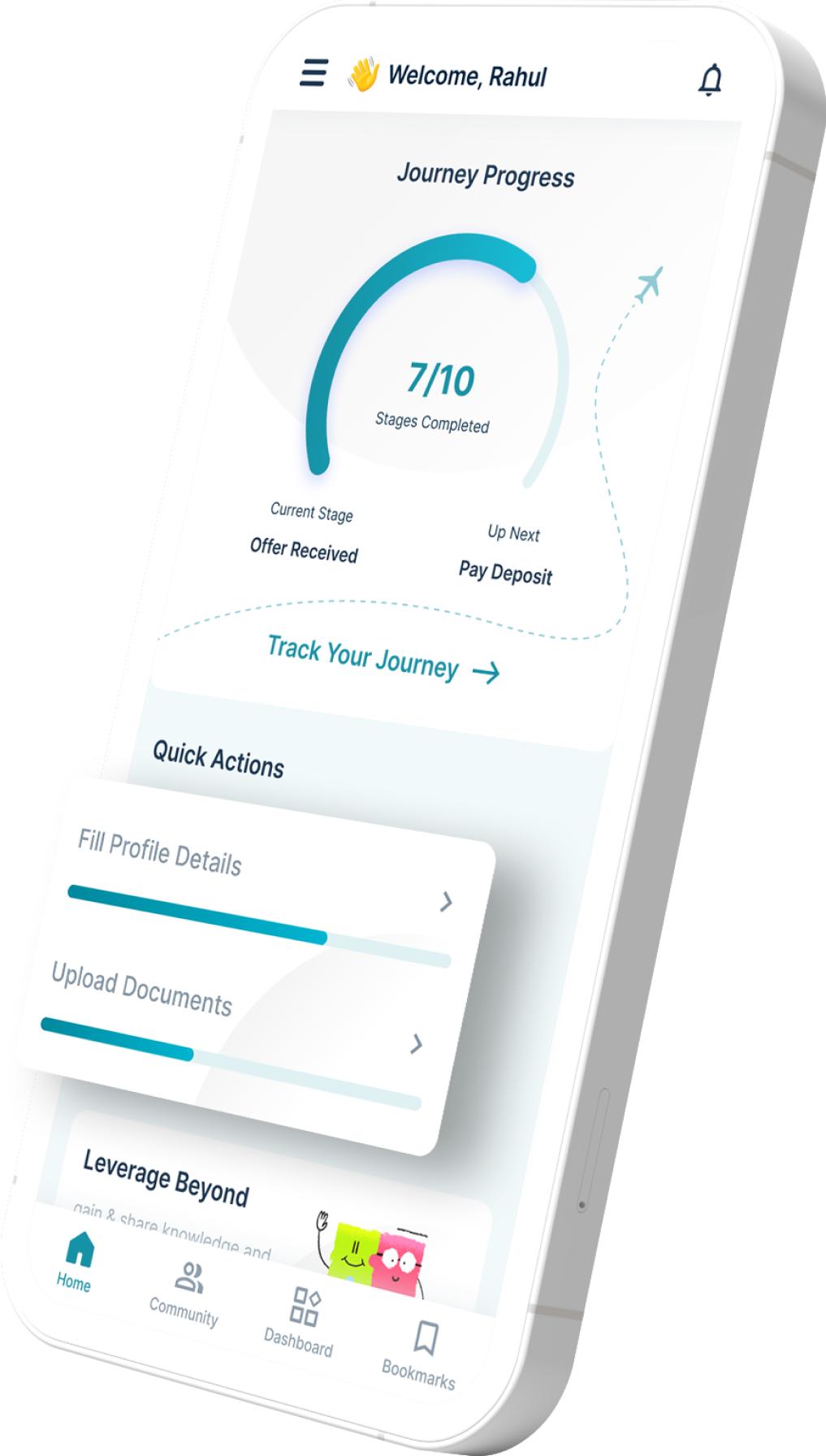
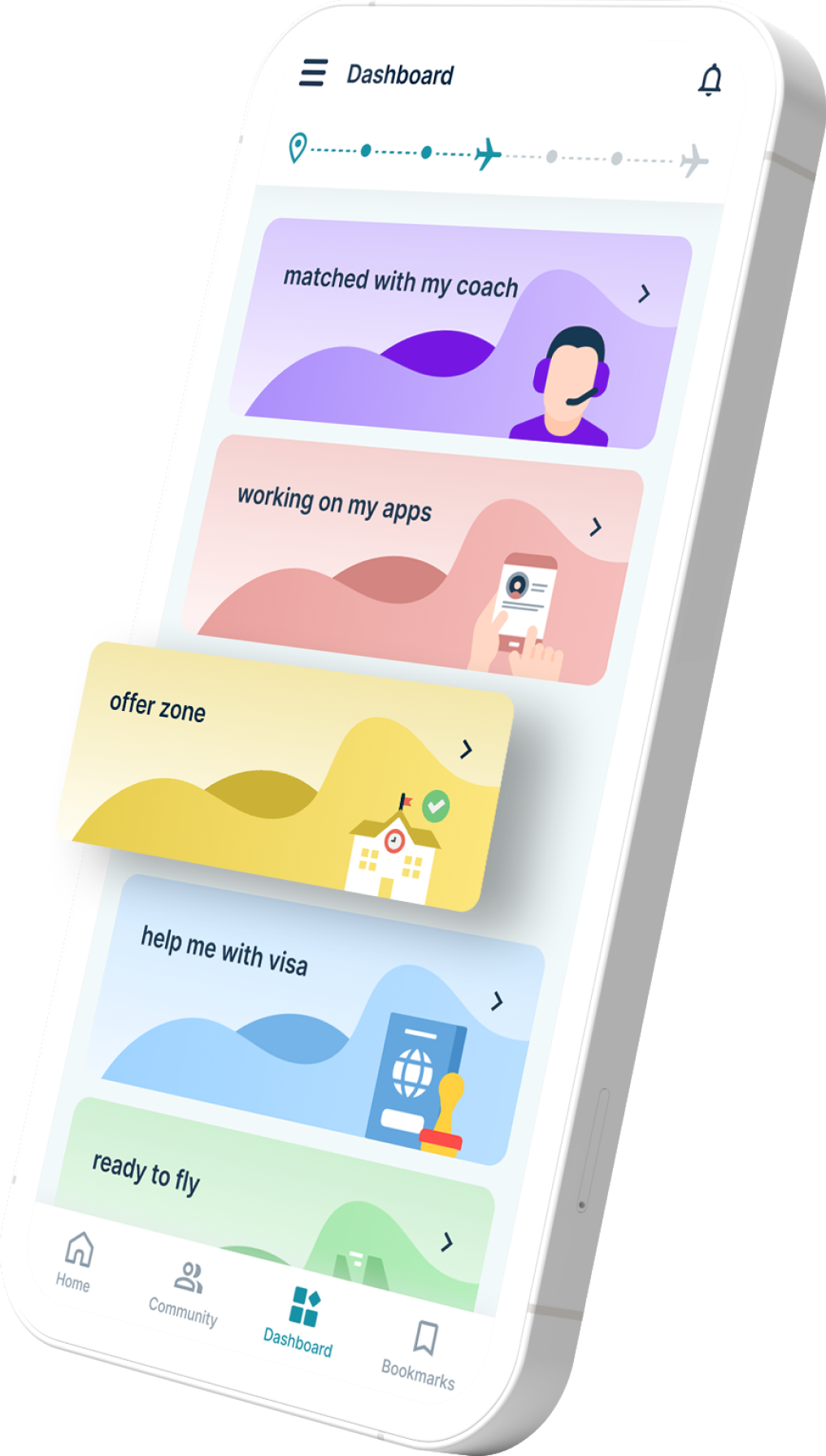







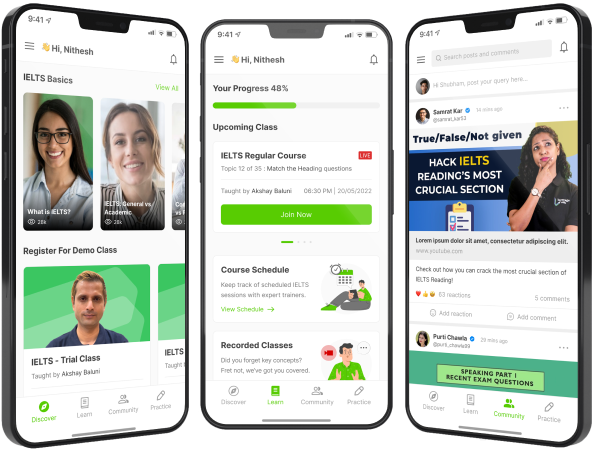







 45,000+ students trusted us with their dreams. Take the first step today!
45,000+ students trusted us with their dreams. Take the first step today!


